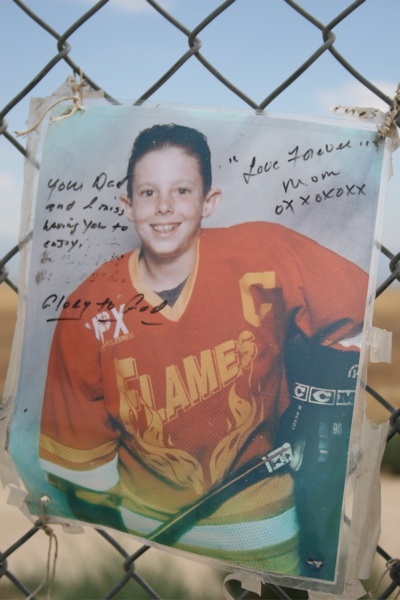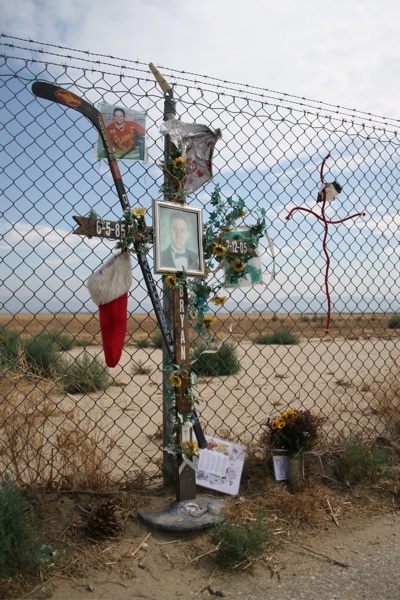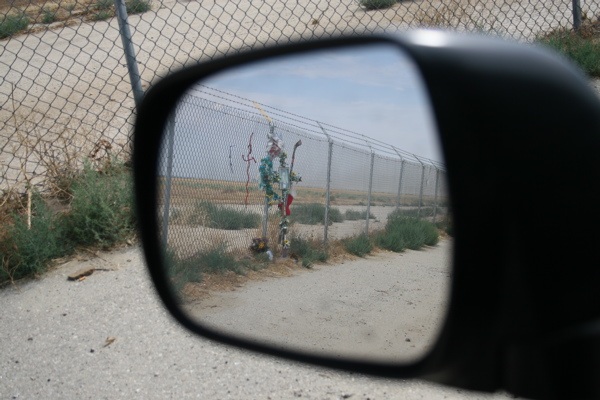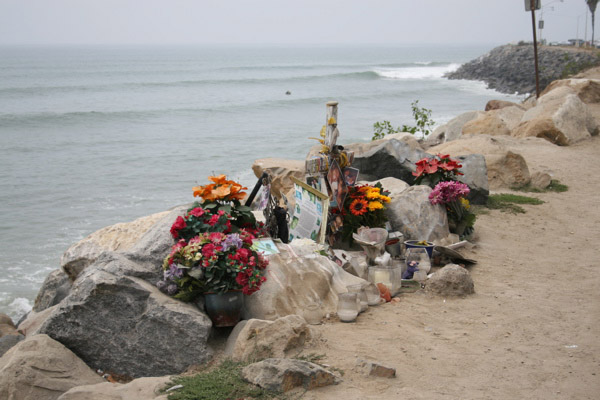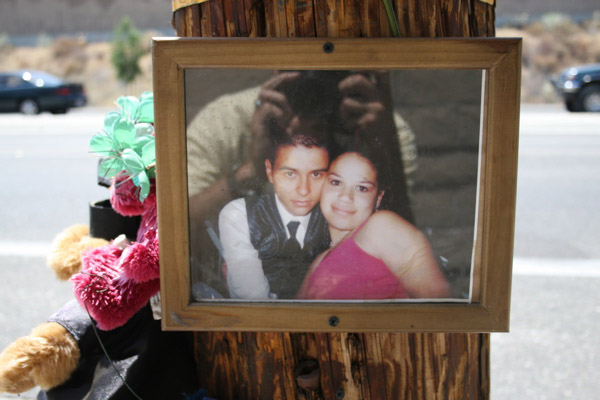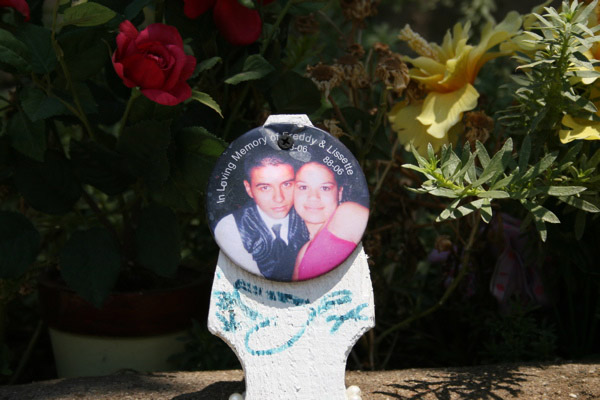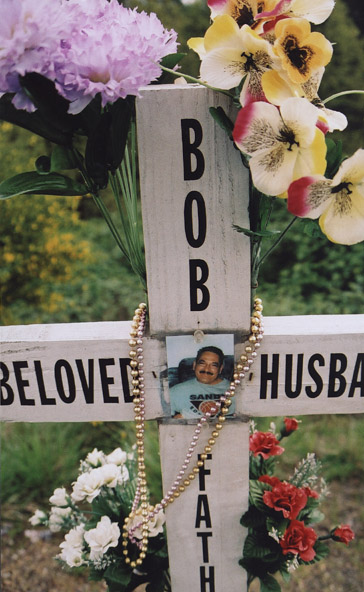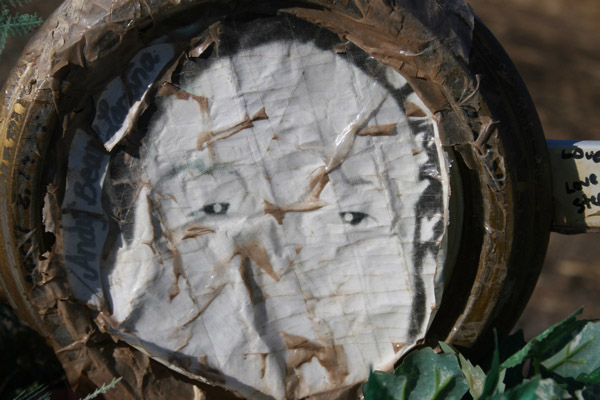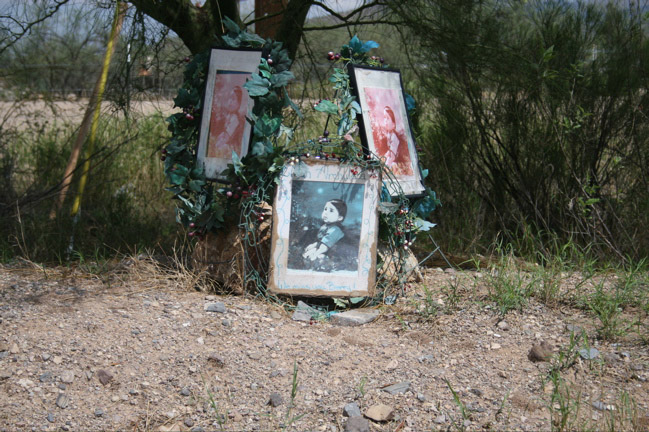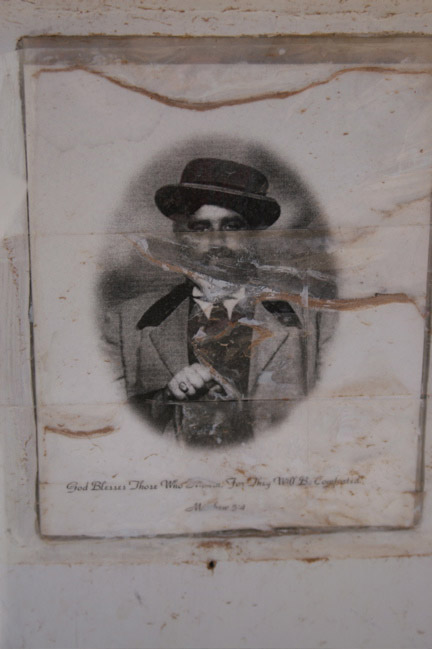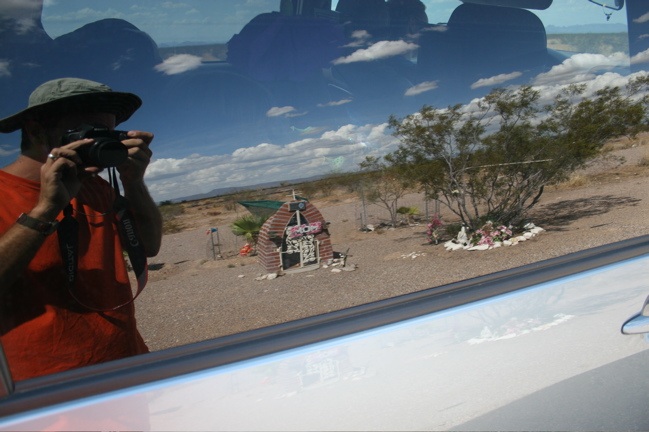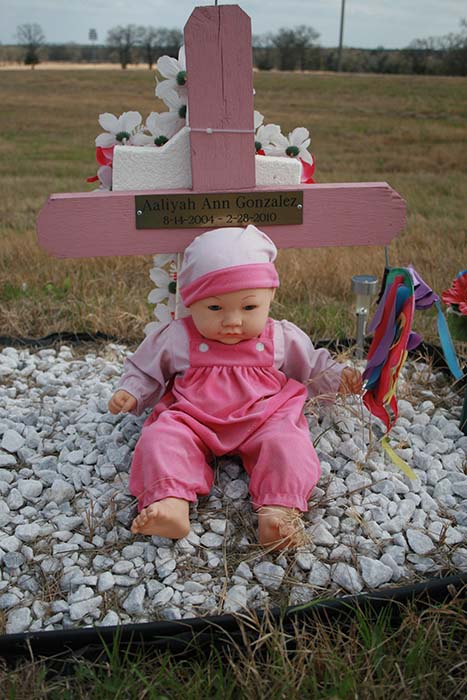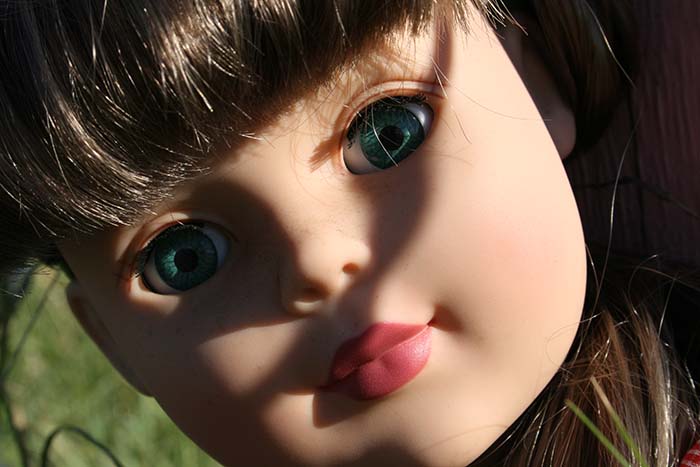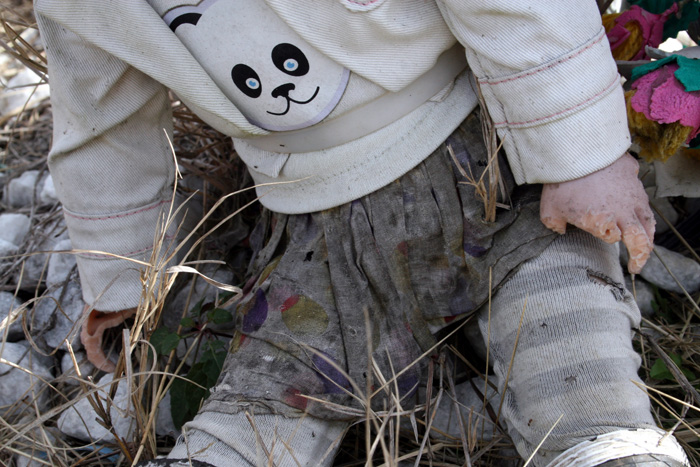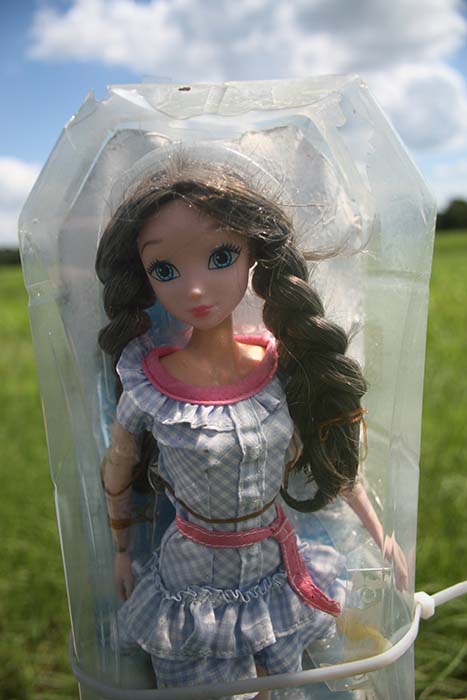| Visual/Material Communication |
 |
   |
| COM 75-474 | Spring 2023 |
| Visual/Material Communication |
 |
   |
| COM 75-474 | Spring 2023 |
discussion quotes:
Rose: "[T]he 'site of audiencing' is more than just a metaphor for a specific set of social and cultural processes. The 'site' of audiencing is also always literally a site: a physical location where people actually look at visual things" (307).
Rose, quoting Thomas (1991: 4): visual "'objects are not what they were made to be but what they have become'" (309-10).
Rose quoting Morley: ethnographic interviewing is important "'not simply for the access it gives the researcher to the respondents' conscious opinions and statements but also for the access it gives to the linguistic terms and categories . . . through which respondents construct their words and their own understandings of their activities.'" (297)
key terms/concepts:
audience studies:
technology/content (292)
dominant emphasis on meaning vs. practices
audience/fan/user (289-296)
encoding/decoding (289-90)
preferred/oppositional/negotiated readings (290)
hegemony and counter-hegemony (289-90)
prosumption/participatory cultural production (291)
anti-fans (291)
paratexts (314)
interviewing (one-to-one, group, family, etc.) (298-299)
analyzing interview data (300-301)
ethnography (access, observation, data collection, data analysis) (304)
Lull vs. Walkerdine vs. Gillespie on ethnographic method (306)
other methods: Critical Technocultural Discourse Analysis (297); digital ethnography or netnography (303); non-media-centric media studies (313)
ethnographies of visual objects:
visual objects are performative (309) and mobile (310)
recontextualization (311) (compare to Epp & Price)
Appadurai (1986) and the social life of things--"intercallibration of the biographies of persons and things" (309)
techno-anthropology methods/focal points (309-)
1. materiality (object-ness: look/feel, age, volume, weight, texture, physical location, etc.). Including Edwards' (2002) 3 material aspects of visual objects: content, material form, presentational form. Question: What is the visual object as a thing? (311-2)2. performativity (performative functions of visual objects (especially those other than looking), including agency, effects, co-constitution of object/observer in specific times/places). Question: What is done with the visual objects and what does the visual objects do in particular locations? (312)
3. mobility (traveling objects, recontextualization). Question: How/why/where and with/to whom does the visual object travel, and what happens to the visual object in the process? (312-13). Caution: don't assume that visual objects necessarily change when they travel.
4. synthesis (putting it all together to assess affects). Question: What is the sum of the analysis of materiality, performativity, and mobility of the visual object(s), practices, people, and location(s)? (312)
Each of these questions generates information to analyze, "working outwards" towards interpretation by using discourse approaches to analyze and interpret patterns (especially implicit rules of engagement encoded in the social practices, but also key themes, truth claims, complexity/contradiction, absences/silences, power/knowledge).
Workshop Images
